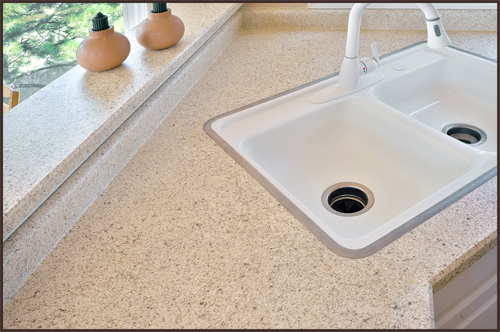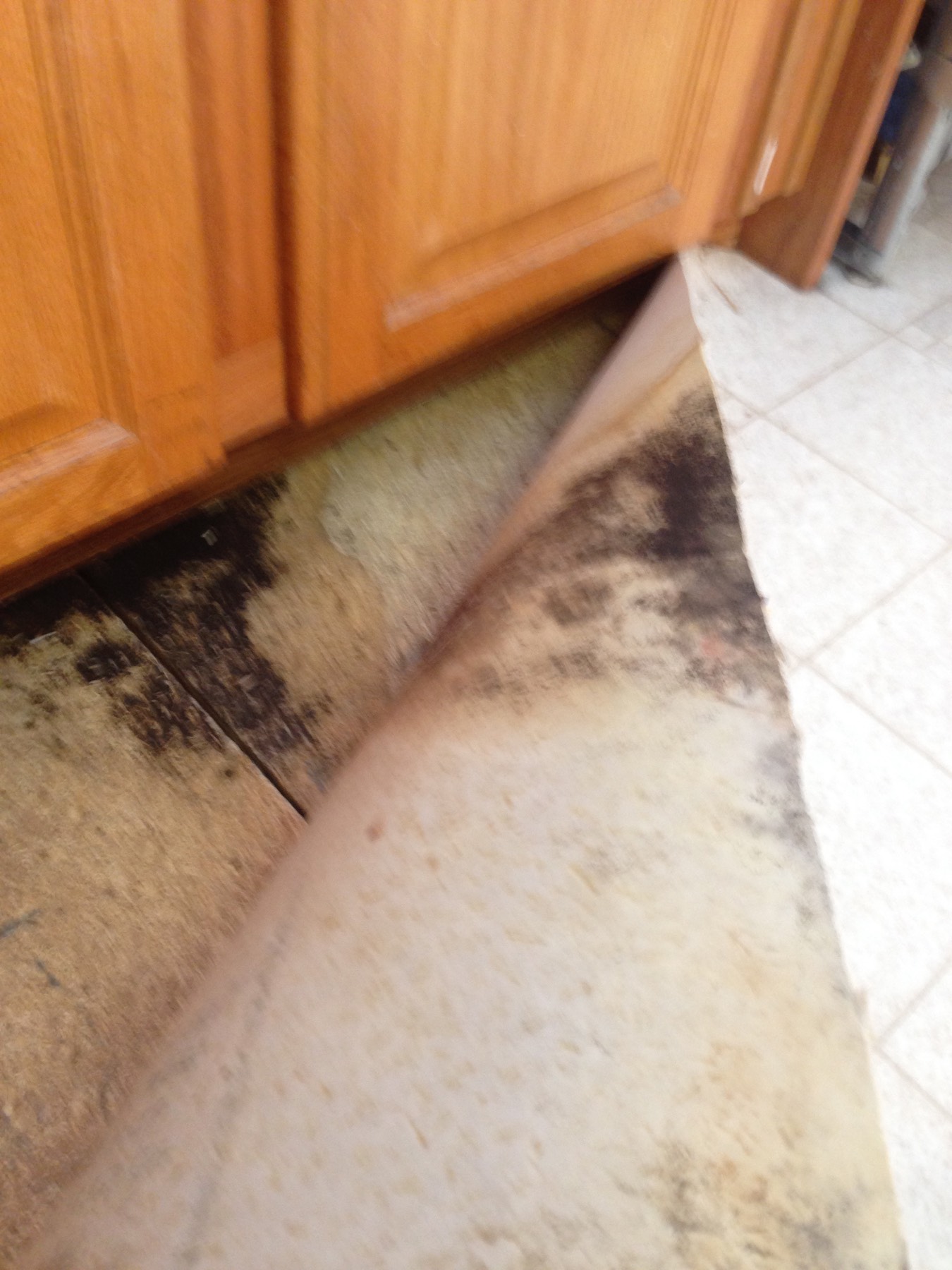Tips for Water Damage Repair Work
Tips for Water Damage Repair Work
Blog Article
What're your ideas concerning Water Damage in Kitchen?

The cooking area is the space where a lot of water task goes on. You can hardly do anything without making use of water in the kitchen area, from cooking, cleansing, as well as doing the dishes.
Hence, inspecting your kitchen periodically is a requirement. This is due to the fact that it has a greater chance of obtaining water damage because of the devices you utilize there.
When malfunctioning, these appliances that regulate water could make your cooking area messy and also impact the framework of your building in the future.
Let's check out some reasons of the water damage in the kitchen and also what you must look out for.
Some Reasons For Water Problems in the Kitchen area
These are a few sources of water damage in the kitchen area.
Faulty Drainpipe Water Lines
Drain Pipelines are required parts of our residences, particularly in our kitchens and bathrooms. They get faulty by getting obstructed, split, and also ruptured. Or even worse, they can be wrongly or loosely attached; whichever the case might be, it can be an extreme issue.
Malfunctioning drain pipes can create water damage and, because of this, create mold growth and also disfigure the look of your wall surface. It can also make the afflicted location look unpleasant.
Consequently, it is advisable constantly to examine to ensure that all the pipes are in good condition and also obtain a sound plumbing system to preserve and also fix any type of problems.
Faulty Cooking Area Sink
The cooking area sink is a vital and many utilized part of the cooking area. It is susceptible to water damage; damages such as blocked pipelines, leaking pipelines, and also damaged taps.
These problems can be annoying, especially when one is busy in the kitchen. It does not just happen without offering an indicator or a hint. Here are some indicators to recognize when your sink is not alright
So, these are the major problems that can occur to your cooking area sink. One method to quit this damage is by ensuring that food bits do not get right into the pipes. You are likewise checking the faucets as well as pipes as well as ensuring that it is appropriately fixed as well as in good condition.
Dripping Dishwashing machine
Dish washers make life in the kitchen area less complicated. Nevertheless, it is an optional cooking area appliance as well as, when available, can be a source of water damage. On top of that, like other makers, it will certainly develop mistakes over time, even with upkeep.
Among the faults is dripping via the door or below the dishwashing machine. These mistakes develop because of age, splits, wrong usage, loosened web links to pipes, etc.
Mistakes due to age come from constant use. As a result, the door leaks because of opening up and closing.
Also, faults from the incorrect use may cause water damage by presenting cracks to it. It is a good idea to adhere to the hand-operated overview of the dishwasher to prevent this specific damage.
The leakages under the dishwashing machine can originate from splits in the gasket, tube, and wrong or loose connection to water pipes or drains.
This type of leakage commonly goes undetected and also can be there for a long period of time. However, due to the time frame, it could damage the floor and cause mold development.
A lot more so, the longer the water stays, you will discover the warping of the floor where the dishwasher is. When inspecting if your dishwashing machine leaks, this is a good sign to look out for. Spotting and also repairing this in a timely manner stops major water damage to your flooring.
Bottom Line
Looking out for problems in your kitchen area can be charging but necessary. It makes your job there much easier as well as much safer.
The reasons provided above are only a couple of variables to think about, especially if your cooking area has a great deal of home appliances.
Obtain an expert plumbing solution to come around and inspect for any damages as well as get them taken care of.
It makes your kitchen area untidy and damp, particularly when trickling from the pipelines. And if it is leaking from the faucet, it leads to water wastefulness.
It is an optional kitchen device as well as, when readily available, can be a source of water damage. More so, the longer the water remains, you will observe the warping of the flooring where the dishwasher is. Identifying and repairing this on time prevents severe water damage to your flooring.
WAYS TO PROTECT YOUR KITCHEN FROM WATER DAMAGE
The kitchen is one of the most significant rooms in your house, as it is a multipurpose room wherein you can do your cooking and cleaning. Nowadays, homeowners tend to ignore the problems under their sink or appliances because of their busy schedules. However, most household floods occur due to plumbing and appliance failure. One of the most common scenarios that cause water damage to your kitchen is when the dishwasher malfunctions and floods gallons of water.
Water damage in your kitchen can cause several problems, including cosmetic damage, mold growth, and even an unpleasant smell. Often, if you fail to neglect the problem, there are always consequences. This article will help you protect your kitchen from water damage.
Common Causes of Water damage in your kitchen
Pipe problems are the most common source of water leaks under your sink. If homeowners ignore this issue, it will burst and flood the kitchen. Dishwasher leaks can be a source of water damage in your kitchen. An old, broken, and defective dishwasher can cause leaks, damage to your floor, and even mold growth. Refrigerator leaks can cause water damage in your kitchen, as sometimes melted ice from defrosting can cause leaks. Furthermore, if your refrigerator has internal problems, it is very likely to cause water damage. Back-splash and sink caulking can cause discoloration and water damage to your countertop tiles. Ways to Protect Your Kitchen From Water Damage
Regular maintenance
The most important thing you can do to protect your kitchen from water damage is to inspect the sinks, drains, and pipes, as well as the kitchen appliances, regularly. As with the sink, check for missing or deteriorated caulk. Remove the old caulk and clean the area thoroughly and re-seal it with fresh silicone. Furthermore, sweep the drain regularly, empty the filter and dispose of the debris in the garbage, and inspect the supply lines and valve for cracks.
Check your appliances
Check the user’s manual for instruction and proper use of every water-related appliance installed in your kitchen. For the dishwasher, check this procedure to prevent the dishwasher from flooding your kitchen. Check the appliances that need water, such as the coffee maker, ice maker, and water cooler, as they can become the cause of water damage in your kitchen. You may call a professional to check and repair damaged appliances and professional restoration for water damage clean-up.
Garbage clean-up
Fats, oil, and grease are common in the kitchen. Pouring them down the drain can cause clogs and sewage backup, which may result in significant kitchen water damage. If your kitchen sink is clogged, use a solution of hot water, baking soda, and vinegar to unclog the fats and oils in the pipes. Also, make sure to throw out the debris in the trash and clean the sink properly using paper towels for greases and oil and soap or bleach solution for the sink itself.
Shut off your water line
Make sure to shut off your main water line, especially if you're away and having some flood issue. As mentioned, dishwasher leaks are one of the most common culprits of water damage in the kitchen. So, make sure to only use the dishwasher if someone is at home and available to attend in case a problem arises.
Furthermore, it is also important that every member of your household knows where the shut-off valves are located. So in case of an emergency, they can mitigate the damage by turning off the water source.
Install leak detectors
One of the best ways to catch water damage before it could even cause serious damage to your home or business is by installing a water or leak detector. A leak detector monitors the flow of water through a pipeline, can detect moisture in the air for molds, and tracks the water temperature. Also, it can shut off your water line in case of an emergency. Install leak detectors under the kitchen sink, near the dishwasher and refrigerator.
https://superiorrestore.com/7-ways-to-protect-your-kitchen-from-water-damage/

As a reader about Water Damage in Kitchen, I was thinking sharing that excerpt was worth the trouble. Sharing is caring. You won't know, you may be doing someone a favor. Thanks so much for your time spent reading it.
Request A Quote Report this page